Shaker furniture and design has an international audience, but many Mainers are surprised to learn the only active Shaker community in the world is here in New Gloucester at Sabbathday Lake.
There are now only three living Shakers.
The Shakers founded 20 communities in America from Maine to Indiana between 1787 and 1826. But, since they are celibate, new members can’t be born. They can only join up. While the conversation about Shaker culture and properties – particularly interesting since Shakers live communally – is open about the potential end of the line, it is not a done deal: If you want to become a member of the United Society of Believers, there is still time.
While the Maine communities were ultimately the most prosperous, the epicenter of Shakerism in America was at Mount Lebanon, New York. And it is from the 60,000-object collection of the Shaker Museum & Library | Mount Lebanon that most of the roughly 200 objects in the Farnsworth Art Museum’s exhibition were drawn.
Objects in “The Shakers: From Mount Lebanon to the World” include tools, garments, published works, gift drawings, paintings and, of course, furniture.
What is striking is the extent to which the Farnsworth exhibition differs in feel and flavor from the Portland Museum of Art’s 2011-12 exhibition, “Gather Up the Fragments,” a show of approximately the same size showcasing the collection of Faith and Edward Deming Andrews.
It’s hard, after all, to trust what institutions have to say about exhibitions of single collectors: It’s in the collectors’ interest to play up the value of their collected works, the institutions are often bucking for a donation and the pre-packaged shows often come wrapped in pre-ordained marketing language.
The Farnsworth exhibition was not only years in the making under curatorial professionals, but the only Shakers left in the world have been actively involved in the label and catalog copy as well as the public programming. And Shakers subscribe to absolute honesty.
So, if the worst case scenario comes to pass, then this may well come to be seen as the most important exhibition about Shaker culture ever.
Whatever happens, it is a great exhibition. It is beautifully installed and fascinating. The objects are important and compelling. The language behind the installation is the level-headed and eminently commonsensical voice of the Believers. Printed in a pamphlet at the show, in an interview with Farnsworth chief curator Michael Komanecky, for example, Brother Arnold Hadd explains how when asked if “Shaker furniture is the essence of Shakerism,” he responds, “Well, absolutely it is not.”
Hadd emphasizes that Shakers are “ordinary people” who live “ordinary lives” but who are “the ultimate capitalist communists.” And as far as the anthropological theme of the show goes, this is it in a nutshell: communal living in the name of Christianity sustained by savvy entrepreneurialism.
This even divides the work in the show. Some Shaker objects were made to sell to the public while others were made for use by the Shakers themselves. Living celibately in a communal home instead of living with a spouse and brood makes for different needs – and so different furniture. We see this in many of the most striking objects: a 13.5-foot bench (1855), a slender 11-foot dining table (1830), a magically oversized dresser with 16 drawers (1830-40), and a rocking chair plaintively converted into a wheelchair (1810-30).
The entrepreneurial side of the Shakers may be best known to us through the chairs they sold by catalog, but the Farnsworth’s most insightful edge might be the presentation of Shaker commercial culture as innovative and ever hip to zeitgeist.
It’s not the oval boxes and fancy trinkets upon it, for example, but the folding sales table (1890) that interested me. And while the brooms and the machine used to assemble them are fascinating, what is most intriguing is that the Shakers invented the flat broom, as well as other amazing practical objects like the single-piece clothespin.
In terms of Maine culture, the most poignant bit of the show is the symbiotic relationship between the Shakers of Sabbathday Lake and the Poland Spring Hotel (see Brother Delmer Wilson’s 1910 photo of the resort). Both, after all, saw themselves as bits of heaven on Earth, yet while one was about opulence and vacationland idylls, the other was about simplicity, labor, chastity and a lifestyle based in the worship of God.
To wit, the Shakers made several thousand wooden crates annually for Poland Spring Water; but these were made as “shooks” (box-side sets to be assembled on-site), which explains the haphazardly-placed nails that feel completely out of place in what is otherwise an aesthetic oasis.
While the craftsmanship and look of Shaker works readily come to mind, what is most striking about the material culture on display is the sense of dynamically intelligent design: Deep in the visual culture of the Shakers was a sense of balance between proportion and design.
During the Victorian era, for example, we see Victorian fashion in everything from garments to desks. In the culture of American innovation, the Shakers did not fall behind.
Entering the Farnsworth, viewers see a cadre of Shaker chairs hanging upside down from the ceiling.
The explanation seems to be a fit of literalism. Printed on the wall is a pronouncement by Ann Lee, the original leader of the United Society of Believers in Christ’s Second Appearing (nicknamed the “Shakers” because of their ecstatic dancing): “We (the Shakers) are the people who turned the world upside down.”
It’s an interesting statement. Lee, after all, was repeatedly arrested and imprisoned in England for her progressivism. Her Christian beliefs dedicated to peace, passivism, celibacy and gender equality were seen as subversive by the reactionary monarchy. So, in 1774, Lee moved to a place more open to innovation: New York.
Walking into the show, I thought the upside down chairs were an overblown marketing gesture. Walking out, they made me smile.
Freelance writer Daniel Kany is an art historian who lives in Cumberland. He can be contacted at:
dankany@gmail.com
Copy the Story LinkSend questions/comments to the editors.

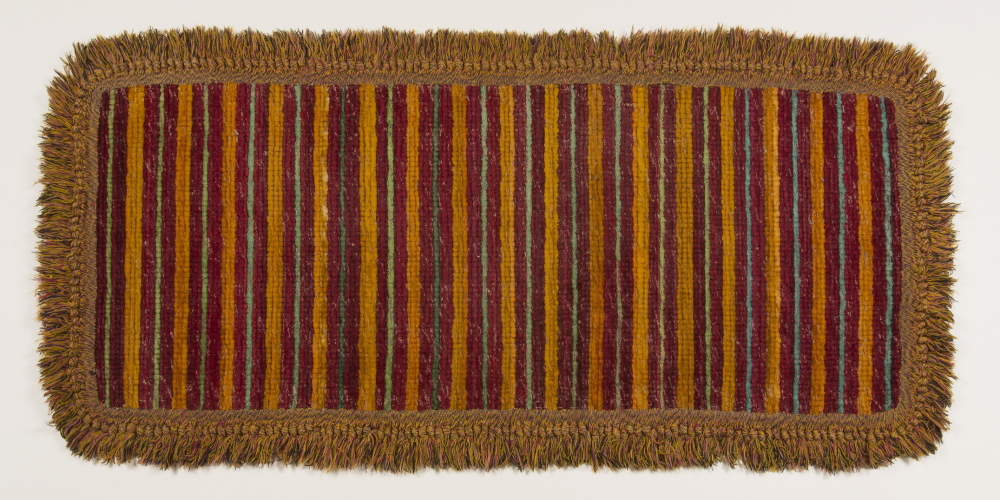
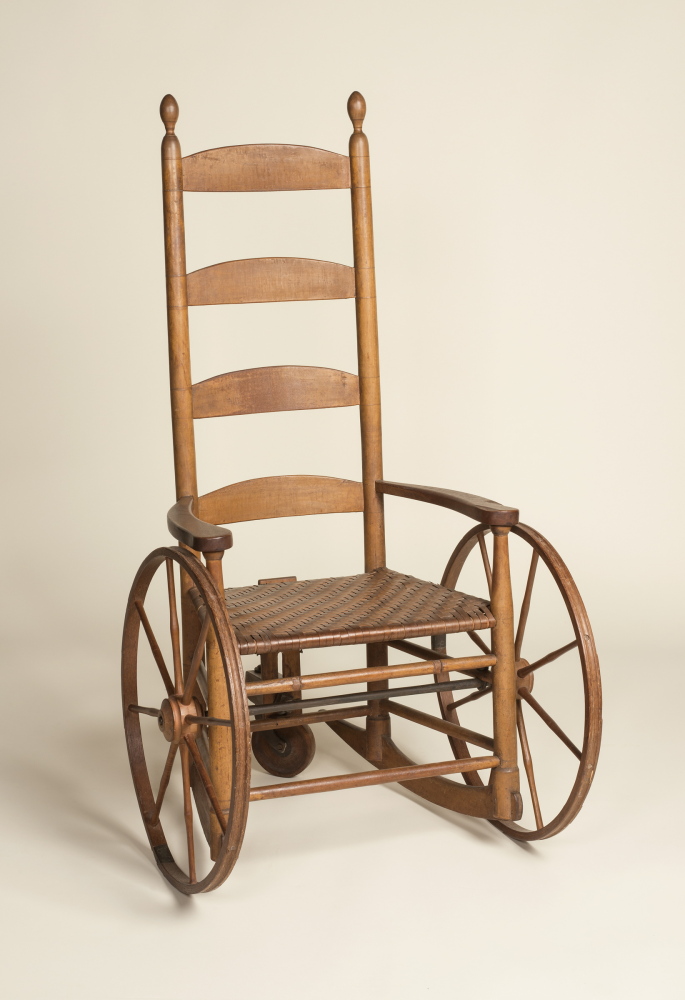
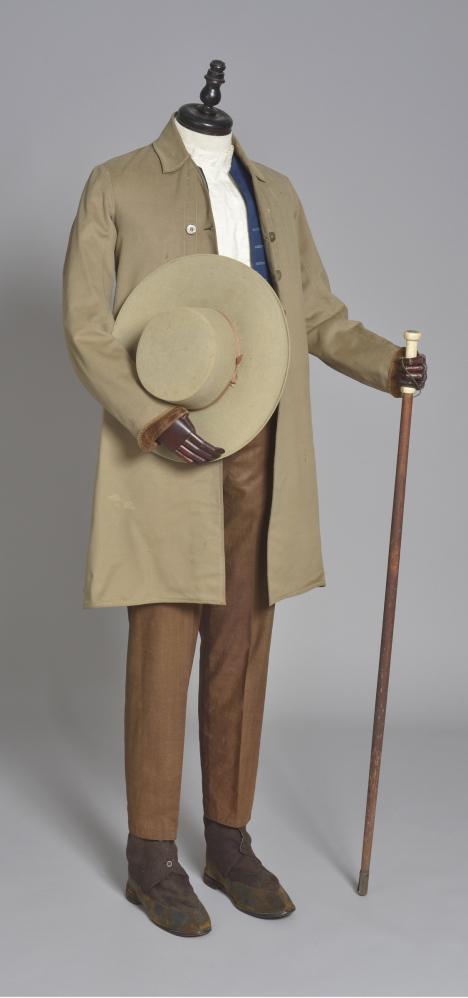
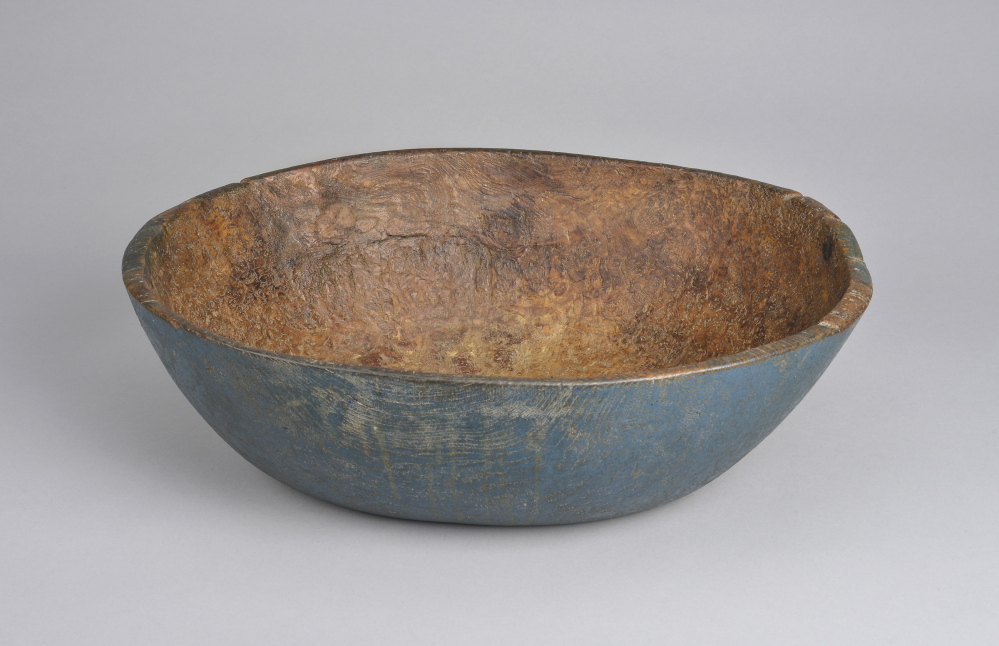
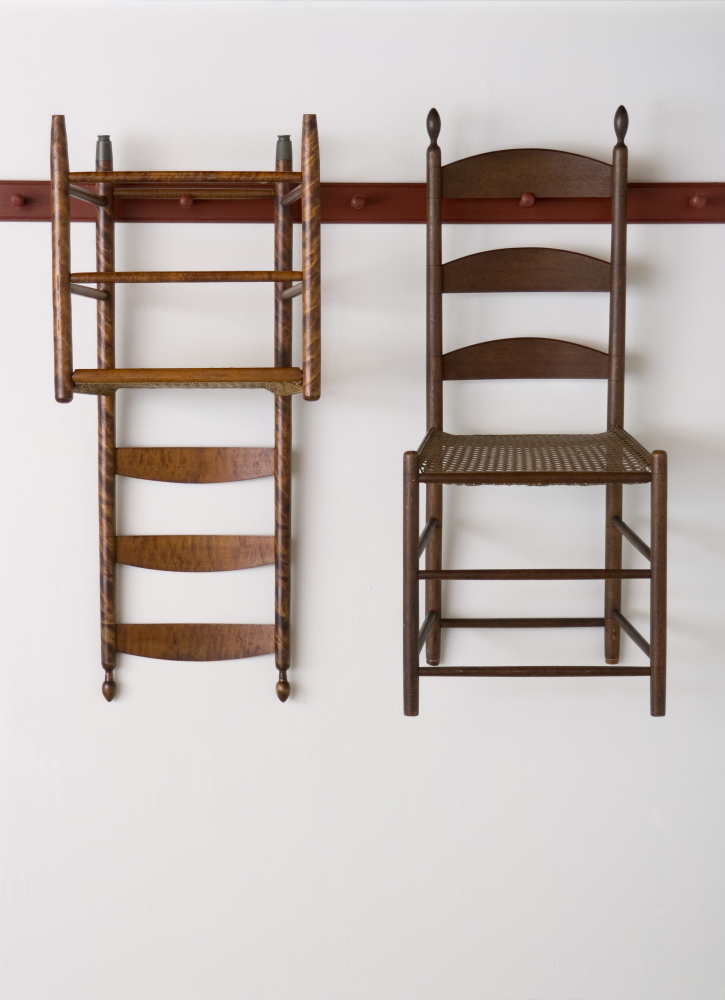

Success. Please wait for the page to reload. If the page does not reload within 5 seconds, please refresh the page.
Enter your email and password to access comments.
Hi, to comment on stories you must . This profile is in addition to your subscription and website login.
Already have a commenting profile? .
Invalid username/password.
Please check your email to confirm and complete your registration.
Only subscribers are eligible to post comments. Please subscribe or login first for digital access. Here’s why.
Use the form below to reset your password. When you've submitted your account email, we will send an email with a reset code.